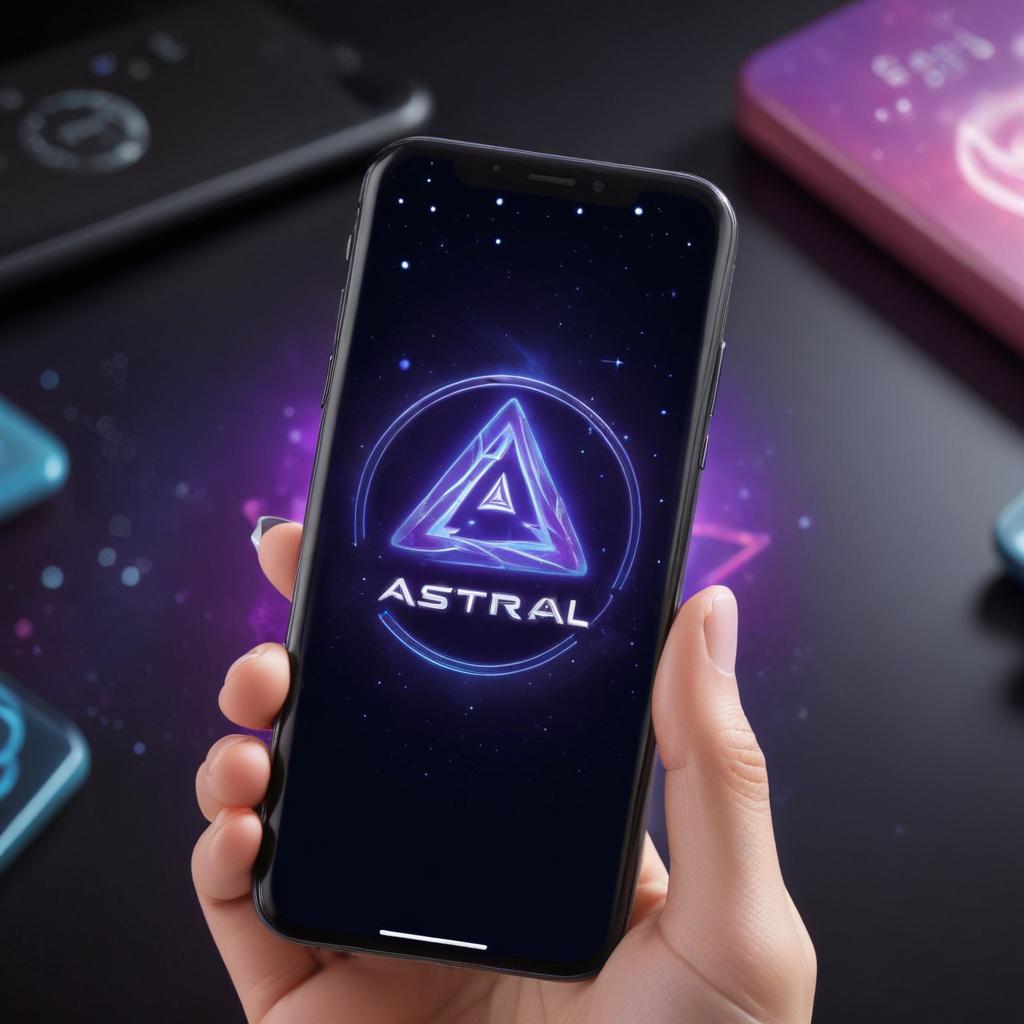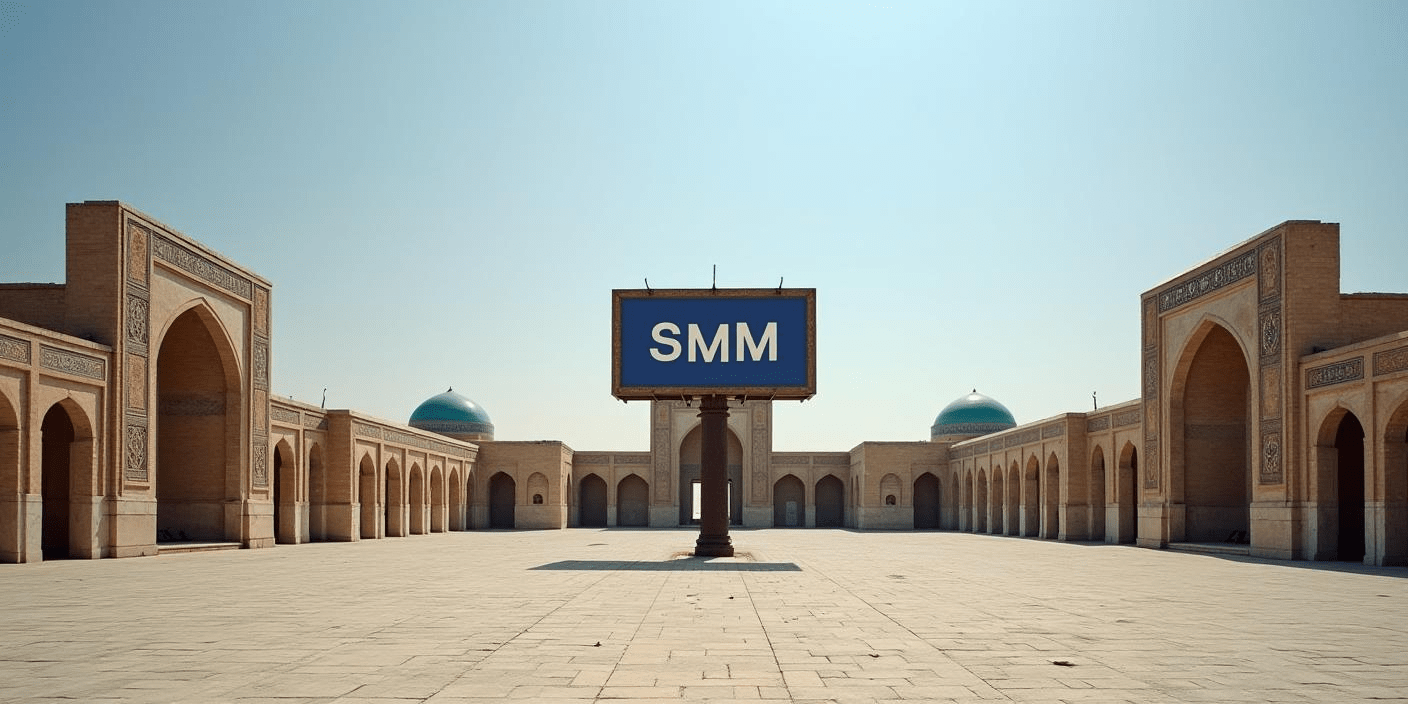In the modern world, visual content has become one of the key tools for attracting attention and transmitting information. Logo — this is not just a graphic image, but a symbol that carries deep meanings and embodies the company's philosophy. The power of symbols in logos lies in their ability to influence our subconscious mind and evoke associations that shape the perception of the brand. In this article, we will look at how symbolism and archetypes in logo design help convey the company's philosophy, their hidden meanings, and their impact on the audience.

Symbolism in logos: what is hidden behind visual images
The symbols in logos are particularly powerful because they appeal to ancient archetypes and cultural codes that have existed in human perception for centuries. For example, a circle symbolizes infinity, integrity and harmony, while a triangle is associated with dynamics, movement and development. Each element of the logo — color, shape, font, and even the distance between elements - can convey important messages.
Basic symbols and their meanings:
Circle: This symbol is traditionally associated with unity, wholeness and infinity.
In logos, circular elements are often used by companies that want to emphasize stability and harmony. For example, company logos Google and Pepsi use a circle to evoke associations with completeness and inclusivity in the audience.
SquareStability, reliability, and order are the main meanings that the square carries. Companies that want to emphasize their sustainability and structure often choose this symbol. An example is the logo Microsoft, representing ordered blocks that represent their software products.
TriangleThe triangle represents energy, movement, and progress. Depending on the direction of the angles, the triangle can symbolize development, leadership, or even conflict. Company logo Adidas with three sloping lines, it forms a triangle, emphasizing the desire to move forward and overcome obstacles.
Lines: Straight lines are a symbol of precision, order, and progress. Horizontal lines convey calmness and stability, vertical lines convey growth and development, and sloping lines convey movement and dynamism. Example-logo IBMconsisting of horizontal lines that symbolize technological progress and reliability.
Animals and natural objects: Logos often contain images of animals or natural elements that symbolize the qualities inherent in the brand. For example, lions represent strength and leadership (Peugeotbirds — freedom and speed (Twitter).

Archetypes in logos: Deep Meanings and the collective unconscious
Archetypes are images and motifs that are part of the collective unconscious and are present in myths, legends, and religious systems. The use of archetypes in logos allows brands to appeal to the deepest levels of human perception, to inspire trust and emotional response. Logos based on archetypes can become real symbols of the era, becoming fixed in the minds of people.
Examples of archetypes in logos:
Hero: Companies that use the Hero archetype aim to demonstrate strength, confidence, and the drive to win. Logos of such brands often contain dynamic elements and strong images. An example is Nike, where a stylized "tick" symbolizes victory and moving forward.
The Creator: Brands associated with the Creator archetype tend to emphasize the creativity and uniqueness of their products. The Apple logo with a bitten apple is a symbol of the search for knowledge and the desire for innovation.
The SageQuestioner: Companies working in education, science, and technology often use the Sage archetype to emphasize intellectual qualities and the pursuit of truth. The Google logo, with its simplicity and minimalism, speaks of a focus on information and the search for knowledge.
Lover: Fashion, beauty, or luxury brands often use the Lover archetype to create an emotional connection with their audience. The Chanel logo with two interlaced letters “C” conveys sophistication, passion and harmony.
Use automation through mass mailing services, which offer features for creating emails quickly and correctly, taking into account the requirements of providers. These tools will help you save time and resources when creating and sending messages.
Also, don't forget to test different email options to find the most effective options. Try performing A / B testing by changing themes, preheaders, buttons, and design. This way, you can determine the optimal parameters for increasing the response to your messages.
Implementing these strategies in your mass mailing list will help you increase its effectiveness and improve interaction with your audience.

The impact of logos on brand perception
Logo — this is the first thing that the consumer sees when getting acquainted with the brand. Visual images can convey not only information about the company, but also cause an emotional reaction. Research shows that people respond faster and more strongly to visual images than to textual information, which makes logos a powerful marketing tool.
Logos that use symbolism and archetypes have a number of advantages:
Versatility and recognition. Symbols are often intuitive and do not depend on the language or culture.
For example, the logo McDonald’s - golden arches that are recognizable in any country and evoke associations with comfort and familiar quality.
Emotional impact. Archetypes can evoke deep emotional responses from the audience. For example, the Hero archetype in the Nike logo inspires people to perform sports feats and improve themselves.
Memorability. Simple and concise logos based on symbolism are easier to remember and remain in the consumer's mind for a long time.

The power of color: how the color palette enhances the logo's symbolism
Color is one of the key elements in logo design, which plays an important role in the perception and transmission of the company's philosophy. Each color palette can evoke certain emotions and associations, influencing the perception of the brand.
Influence of color on perception:
Red: The color of passion, energy and aggression. Red logos are often used by brands that want to stand out, evoke strong emotions and attract attention. Example — Coca-Cola. Red symbolizes joy and energy.
Blue: Blue is associated with trust, stability and reliability. This is one of the most popular colors among corporate brands, such as IBM, Ford or Samsungpeople who want to emphasize their reliability and confidence.
Yellow: This color evokes feelings of happiness, positivity and optimism. Logos of companies such as McDonald’s and IKEA, use yellow to create a friendly and open image.
Green: Symbolizes nature, health and eco-awareness. Companies that want to emphasize environmental friendliness and sustainability, such as Starbucks or Whole Foods, use green to convey these ideas.
Black and White: Monochrome logos are often associated with elegance, professionalism and luxury. Brands such as Chanel and Nikeusers choose minimalistic black-and-white logos to emphasize style and sophistication.
Logo Evolution: how brands adapt their symbols
Logos often go through a process of evolution, changing depending on cultural trends, marketing strategies, and technology developments. Some companies update their logos to maintain relevance, while others seek to emphasize their traditions and sustainability.
Reasons for changing logos:
Adapting to the digital environment. In the age of digital marketing, logos need to display well on different screens-from smartphones to monitors. Many companies simplify their logos by eliminating small details to ensure that they are recognizable on all devices. For example, Instagram has simplified its logo, making it more vivid and minimalistic.
Changing the company's philosophy. Logos may change with business development. For example, Apple changed its original logo from a detailed image of Newton to a more modern, minimalistic apple that reflects the company's innovative essence.
Response to cultural change. Social and cultural changes can also affect logo changes. For example, brands strive to become more inclusive and environmentally friendly, which is reflected in their visual identity.
Personalization of logos: how unique elements make a brand memorable
Personalized logos that include unique and unusual elements allow brands to stand out from the competition and create a strong connection with the audience. Often, these logos include subtle references to the company's history, founders, or mission, making them more personal and meaningful to consumers.
Examples of unique approaches:
Secret symbols: Some logos include hidden symbols and details that are not immediately visible. An example is the logo FedEx, where between the letters “E” and “x"hidden arrow symbolizing speed and direction.
Typography: Sometimes the font itself becomes an important element of the logo design. For example, the Disney company logo uses a unique font that is associated with magic and children's dreams.
Personal references: Logos that contain elements related to the brand's history, founders, or mission evoke deep emotional responses from the audience. For example, the Amazon logo, where the arrow points from “A” to “Z”, symbolizes that the company offers everything from " A " to "Z".

The role of geometry and proportions in creating perfect logos
The use of correct geometric shapes and proportions plays an important role in creating a balanced and harmonious logo. The golden ratio, grids, and symmetry can give a logo a sense of completeness and aesthetic appeal, even if it's not obvious at first glance.
Principles of geometry in logos:
The Golden Ratio: Many designers use the golden ratio principle to create harmonious logos. An example is the Apple logo, which is based on applying the right proportions, which makes it visually appealing.
Symmetry: Symmetrical logos are often perceived as more stable and reliable. Brand logos like McDonald's or Volkswagen use symmetry to create a sense of order and harmony.
Modular grids: The use of modular grids allows designers to maintain balance and proportions in logos, making them visually appealing. This approach is often used to create logos of major brands to make them look professional and aesthetically pleasing.








